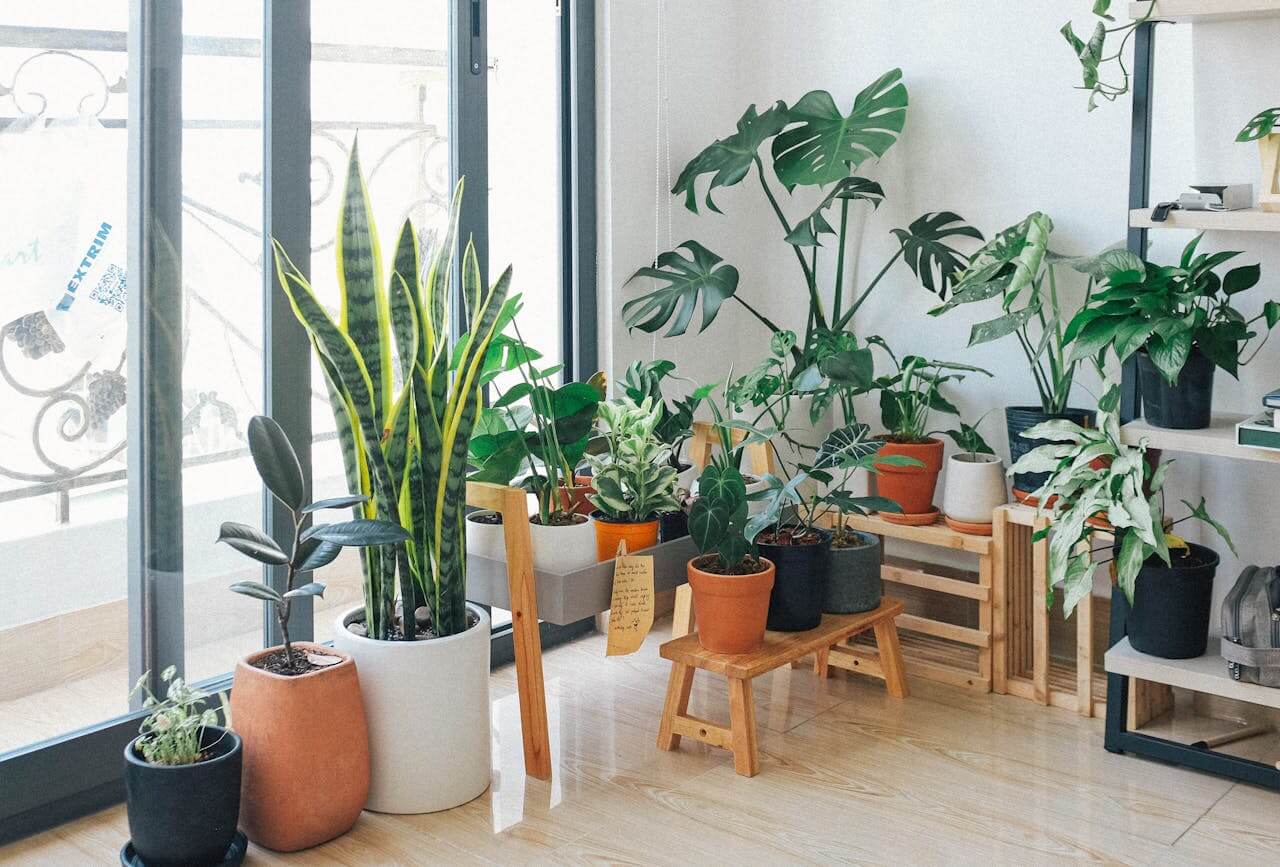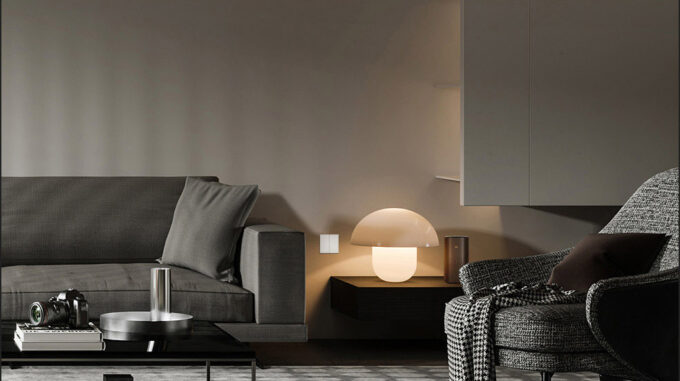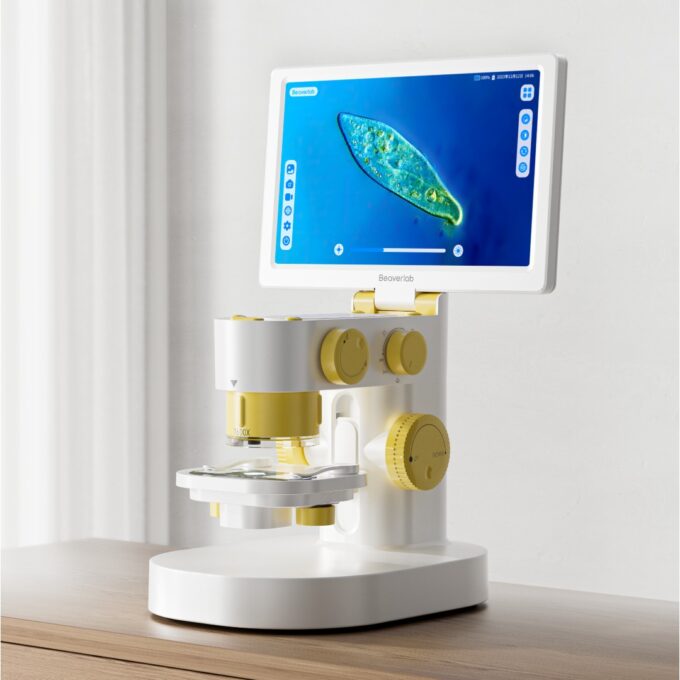
Transform Your Living Space: A Fresh Take on Indoor Plants
Looking to breathe new life into your home? Indoor plants offer more than aesthetic appeal – they’re natural powerhouses that transform your living environment. From enhancing air quality to fostering mental wellness, introducing greenery into your space creates a vibrant, health-promoting sanctuary. Let’s explore practical strategies for selecting and nurturing indoor plants that match your lifestyle and home environment.
The Hidden Benefits of Growing Plants Indoors
Natural Air Enhancement:
Your indoor plants work as living air filters, converting carbon dioxide into fresh oxygen while absorbing airborne toxins. This natural process creates a healthier breathing environment for you and your family.

Mental Wellness Boost:
Scientific research confirms that surrounding yourself with nature, even indoors, reduces stress levels and enhances overall well-being. Picture returning home to your personal green sanctuary after a demanding day.
Space Enhancement:
Strategic placement of plants adds depth and character to your rooms, transforming ordinary spaces into welcoming retreats that reflect natural beauty.
Establishing Your Plant Care Schedule
Moment-to-Moment:
A quick visual scan helps catch early signs of plant distress. Watch for soil moisture levels and leaf condition.
Seven-Day Cycle:
Dedicate time each week for thorough plant maintenance, including strategic watering and pest inspection. Remember that each plant’s needs vary with its species and the current climate.
By Season:
Adapt your care approach as seasons change. Winter often requires modified watering schedules, while spring and summer might demand increased attention to growth and nutrition.
Essential Tools for Indoor Gardening Success
Growing Medium:
Invest in appropriate soil mixtures that match your plants’ specific requirements.
Hydration Tools:
Select proper watering implements that allow precise moisture control.
Plant Nutrition:
Choose natural fertilizers that support healthy growth cycles.
Maintenance Equipment:
Keep quality pruning tools on hand for proper plant shaping and health maintenance.
Climate Control:
Consider a humidity system for moisture-loving varieties, especially in dry environments.
A Strategic Approach to Indoor Plant Success

Phase 1: Space Assessment
Analyze Your Environment:
Map out potential plant locations while considering your home’s layout and improvement goals. Which areas could benefit most from natural elements?
Light Evaluation:
Document natural light patterns throughout your home. South-facing windows might suit sun-loving specimens, while shadier spots call for low-light tolerant varieties.
Moisture Analysis:
Evaluate your home’s humidity levels to match plants with your environment or plan for supplemental moisture if needed.
Smart Tip:
Create a digital or physical map marking optimal plant locations based on environmental factors.
Phase 2: Plant Selection
Air-Quality Champions:
Consider varieties renowned for their air-purifying abilities, such as Sansevieria or Chlorophytum comosum. These plants excel at removing indoor pollutants while requiring minimal care.
Resilient Varieties:
For those with packed schedules, focus on drought-resistant species like Zamioculcas zamiifolia or various succulents.
Visual Impact:
Select specimens that enhance your existing décor. Large-leafed varieties like Ficus lyrata create dramatic focal points.
Smart Tip:
Begin with a test plant from each category to discover which varieties thrive in your space before expanding your collection.
Phase 3: Care Fundamentals
Hydration Guidelines:
Develop a watering system based on each plant’s specific needs. Use the finger test – if the top inch feels dry, it’s usually time to water.
Nutrition Plan:
Implement a seasonal feeding schedule using gentle, organic nutrients during active growth periods.
Maintenance Routine:
Remove compromised foliage regularly and monitor for signs of pest activity. Address issues promptly with natural solutions.
Smart Tip:
Use digital reminders to maintain consistent care schedules.
Phase 4: Design Integration
Arrangement Strategy:
Create visual interest through varied heights and textures. Consider both floor-standing and elevated displays.
Harmonious Grouping:
Cluster plants with similar care needs for efficient maintenance while creating striking visual displays.
Space Optimization:
Maximize vertical space in compact areas using wall-mounted planters or hanging systems.
Smart Tip:
Photograph your arrangements to track their evolution and adjust placement for optimal growth.
Advanced Recommendations
Small Space Solutions:
Explore compact varieties suitable for limited spaces, such as trailing plants for high shelves or miniature species for desktops.
Professional Environment Integration:
Select low-maintenance options that thrive under artificial lighting for office settings.
Seasonal Adaptations:
Adjust care routines to match seasonal changes in temperature and light exposure.
Creative Projects:
Consider creating custom planting solutions that match your space and style preferences.
Final Thoughts
Incorporating plants into your indoor environment offers a perfect blend of functionality and beauty. Through thoughtful selection, consistent care, and strategic placement, you’ll create a living space that promotes both physical health and emotional well-being. Start your indoor gardening journey today, and watch as your home transforms into a thriving ecosystem that nurtures both plants and people alike.
Latest Posts
How to Choose Curtains That Make Your Room Look Bigger
Experiencing confinement in your compact living quarters? Structural modifications aren’t necessary to...
3 Mins readLinptech Smart Switch T1 Zero: A Smarter, Sleeker Way to Control Your Home
Linptech Smart Switch T1 Zero: A Smarter, Sleeker Way to Control Your...
1 Mins readBeaverlab MX Pro Smart Microscope: A High-Tech Home Science Lab
Beaverlab MX Pro Smart Microscope: A High-Tech Home Science Lab Beaverlab has...
1 Mins readDIY Reed Diffuser: How to Make a Natural Home Fragrance
Transform your living space with subtle, lasting aromas using a handmade reed...
2 Mins read











